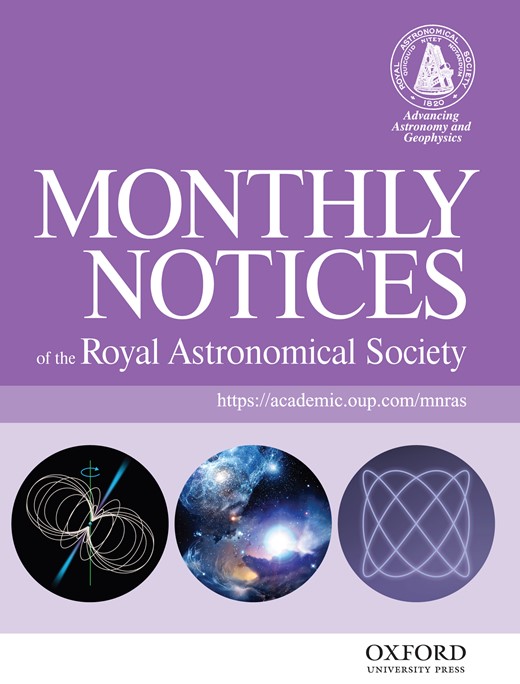-
PDF
- Split View
-
Views
-
Cite
Cite
Paolo Battinelli, Roberto Capuzzo-Dolcetta, Formation and evolutionary properties of the galactic open cluster system, Monthly Notices of the Royal Astronomical Society, Volume 249, Issue 1, March 1991, Pages 76–83, https://doi.org/10.1093/mnras/249.1.76
Close - Share Icon Share
Abstract
A set of 100 galactic open clusters in the solar neighbourhood was selected as a complete (in number) sample which we used to deduce some global properties of the system of galactic open clusters, with the future aim of a comparison with star clusters in other galaxies. As a source of data we adopted the fifth edition of the Lyngå's Catalogue of Open Cluster Data, which is the most up-to-date open-cluster database.
The age distribution of the sample was determined, discussed and compared with those available in the literature. Relevant information on the structure and evolution of the open-cluster system was derived by evaluating the formation rate of clusters and their evolutionary fading and destruction rates.
An outstanding fact, suggested by the short lifetimes obtained, is that a large fraction of clusters which are commonly referred as open clusters are probably gravitationally unbound systems. Possible scenarios of open-cluster formation compatible with the results presented in this paper are discussed. A comparison between the formation rate of open clusters and of molecular clouds provides an estimate of the efficiency of conversion of the total amount of gas available in molecular clouds into open-cluster stars.



